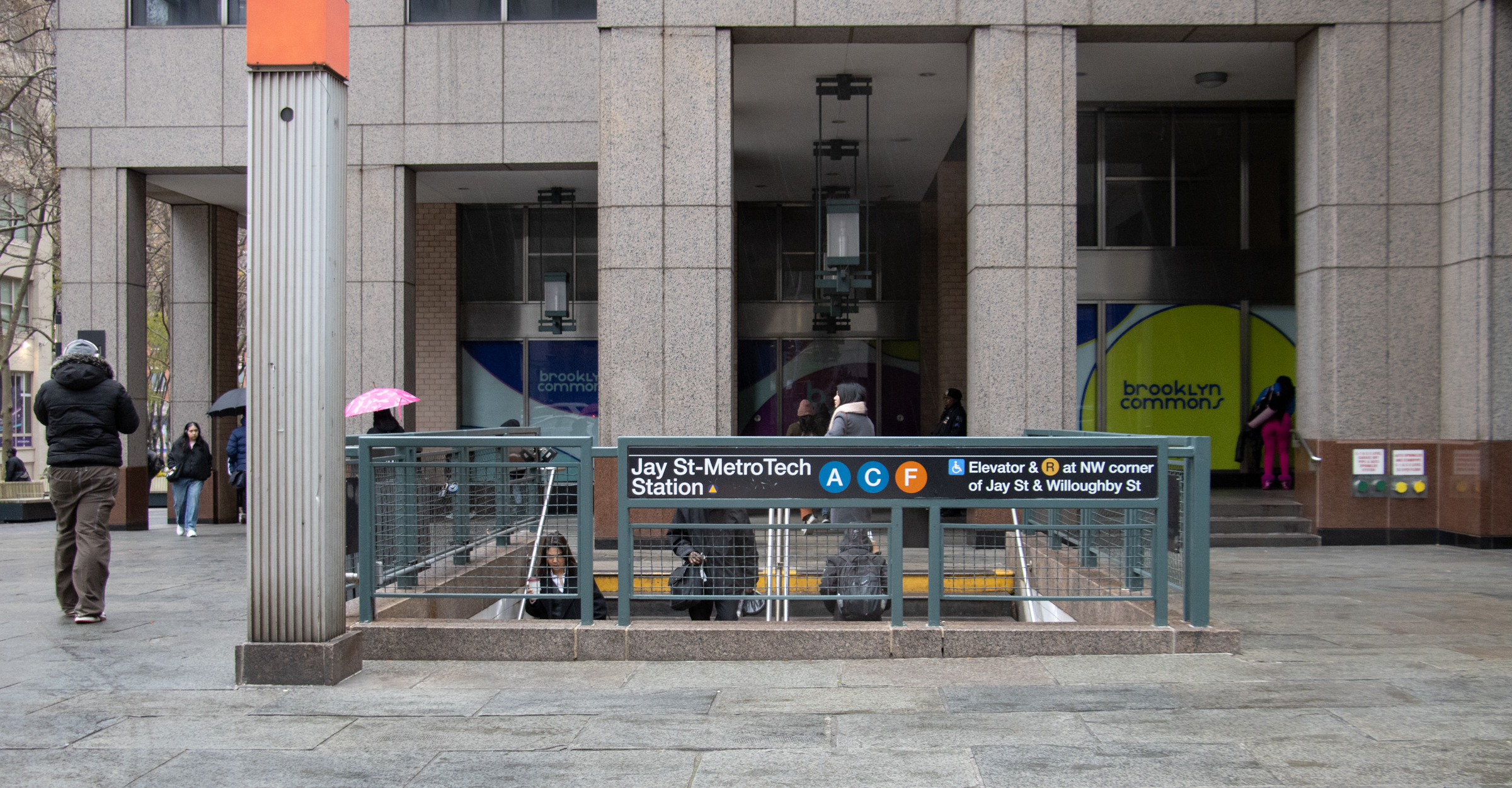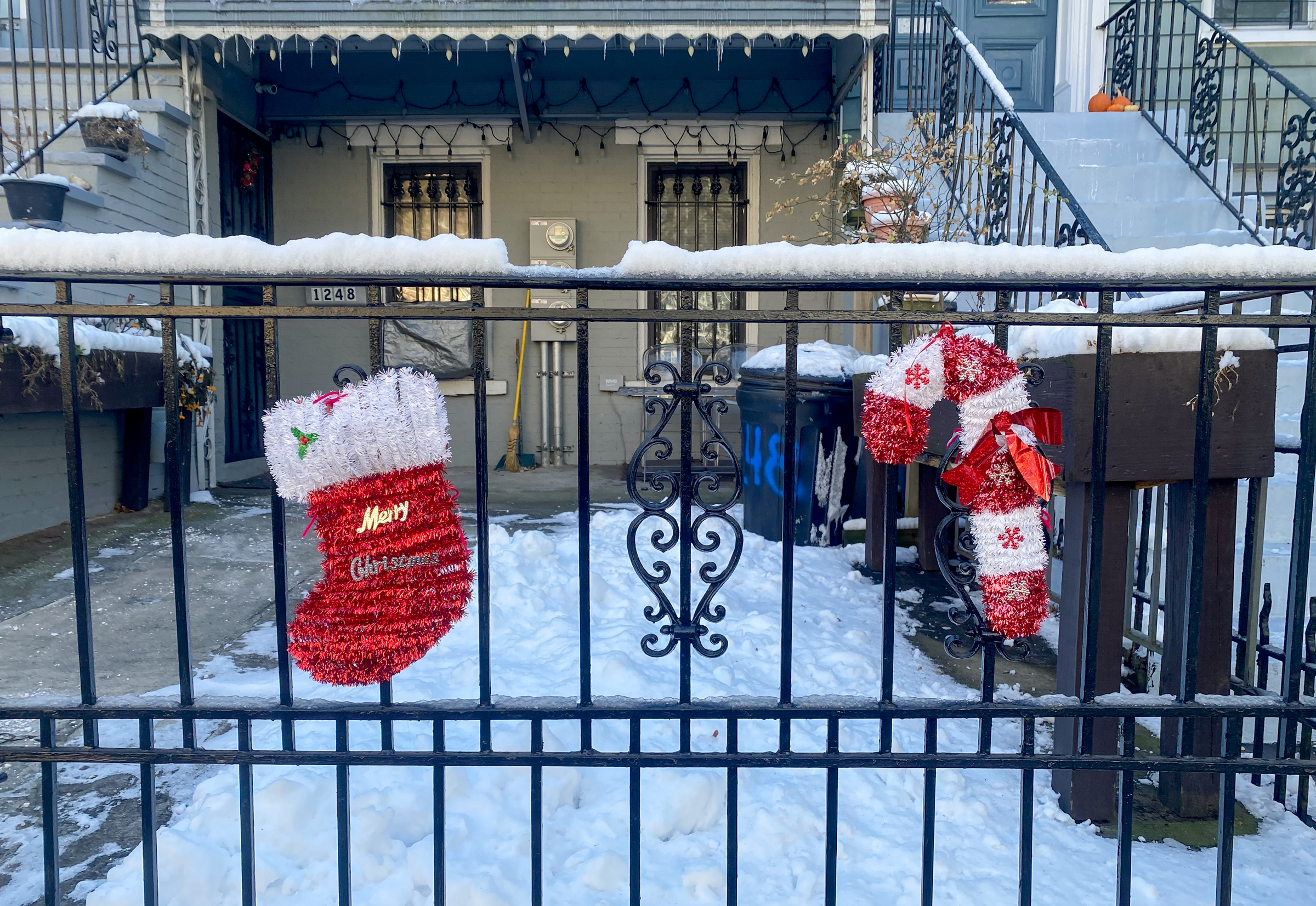Inside Third & Bond: Week 59
This week, the Hudson bloggers tackle a topic that’s been in the news a lot lately—LIBOR. We got interest rate insurance for a rainy day, and guess what, it’s raining. On 10/13/08, LIBOR (a key interest rate measures how much banks charge each other for loans) was 4.56%. We just made $5,000. Or, saved $5,000,…


This week, the Hudson bloggers tackle a topic that’s been in the news a lot lately—LIBOR.
We got interest rate insurance for a rainy day, and guess what, it’s raining. On 10/13/08, LIBOR (a key interest rate measures how much banks charge each other for loans) was 4.56%. We just made $5,000. Or, saved $5,000, depending on if you’re a glass half full or glass half empty kind of person. How did we do it and can you do it, too? Just send us three easy installments of $19.95 and we’ll send you our book and audiocassette. Or read Week 27’s posting along with this one. Oh, and you’ll need a 54,000-square foot development project, too.
Remember back in Week 27, when we talked about swaps/caps/collars? A quick refresher: Our loan is a floating loan, the interest rate adjusts daily. In order to go to sleep at night, there are things we can do to minimize our interest rate risk. A swap is exchanging a floating interest rate for a fixed rate for part or all of your debt. A cap is a ceiling on a floating interest rate. If LIBOR’s rate goes higher than the capped rate then the bank pays you back that increment. A collar is a floor on a floating interest rate; if you agree to a floor, then the bank’s risk is reduced and sometimes they won’t charge you a fee for the cap. In the end, we went with just an interest cap. Interest rates were low but trending up so we considered the cap an insurance policy against a tremendous rise in interest rates. We paid a fee and secured a 4.00% cap on the LIBOR rate during the course of our construction loan; no matter how high the LIBOR rate might go, the most we’ll pay is 4%.
 In May, Wachovia drew up the cap agreement using our construction draw schedule. A construction draw schedule is a prediction of how much money we’ll borrow from the bank each month for the duration of the project. It indicates the incremental and cumulative draws. Since the cap went into effect, we’ve been receiving monthly rate reset and payment notifications. Until last week the rate was always below 4.00% and the payment amount was $0. The rate reset is set based on one-month LIBOR two London Banking days (London because LIBOR = London Interbank Offered Rate) prior to the start of each 30-day period. It so happened that each month since May, on the date in question LIBOR was below 4.00%. In fact, looking back at the notifications we saw that the rate hovered around 2.45% on our reset dates. Then, as suddenly as a global financial crisis unfolds, we received notification that the interest rate was at 4.56%.
In May, Wachovia drew up the cap agreement using our construction draw schedule. A construction draw schedule is a prediction of how much money we’ll borrow from the bank each month for the duration of the project. It indicates the incremental and cumulative draws. Since the cap went into effect, we’ve been receiving monthly rate reset and payment notifications. Until last week the rate was always below 4.00% and the payment amount was $0. The rate reset is set based on one-month LIBOR two London Banking days (London because LIBOR = London Interbank Offered Rate) prior to the start of each 30-day period. It so happened that each month since May, on the date in question LIBOR was below 4.00%. In fact, looking back at the notifications we saw that the rate hovered around 2.45% on our reset dates. Then, as suddenly as a global financial crisis unfolds, we received notification that the interest rate was at 4.56%.
Wachovia took a look at the draw schedule we gave them and calculated the interest payment due back to us (basis points over cap * predicted total amount borrowed * days per period/360). And now we get $5,000. A bonus for us is that the predicted draw is more than what we’ve actually drawn, which means that we are getting more payback than we would based on what we’ve actually borrowed to date. It’s hard to predict if the cap will need to be activated again. Interest rates have been fluctuating greatly of late. The high for October was 4.59% but earlier this week, LIBOR was down to 3.53%. In the last year we’ve seen it as high as 5.25% and as low as 2.39%. Just yesterday, 3-month LIBOR fell for the eighth day, the longest run of declines since May. The more the Federal Reserve and other countries’ central banks do to resuscitate lending, the more willing banks are to lend to each other, bringing down the rate or so it seems thus far. Where it goes now? Nobody knows.
This week on-site: mini pile drilling continues and we prep for the next step in underpinning.
Inside Third & Bond: Weeks 1-58 [Brownstoner]
From our lawyers: This is not an offering. No offering can be made until an offering plan is filed with the Department of Law of the State of New York.”





Amen 2:41pm!
I was just going to write that myself – hopefully the swap isn’t with a rocky bank like Lehman.
If so, and trust me, I have tons of clients with swaps with Lehman and the like, you won’t be singing much of a tune! Your vision of 4% for life will fall as far as the line you will get into in terms of your unsecured claim against the bank you bought your swap from.
Provided the cap provider can pay……